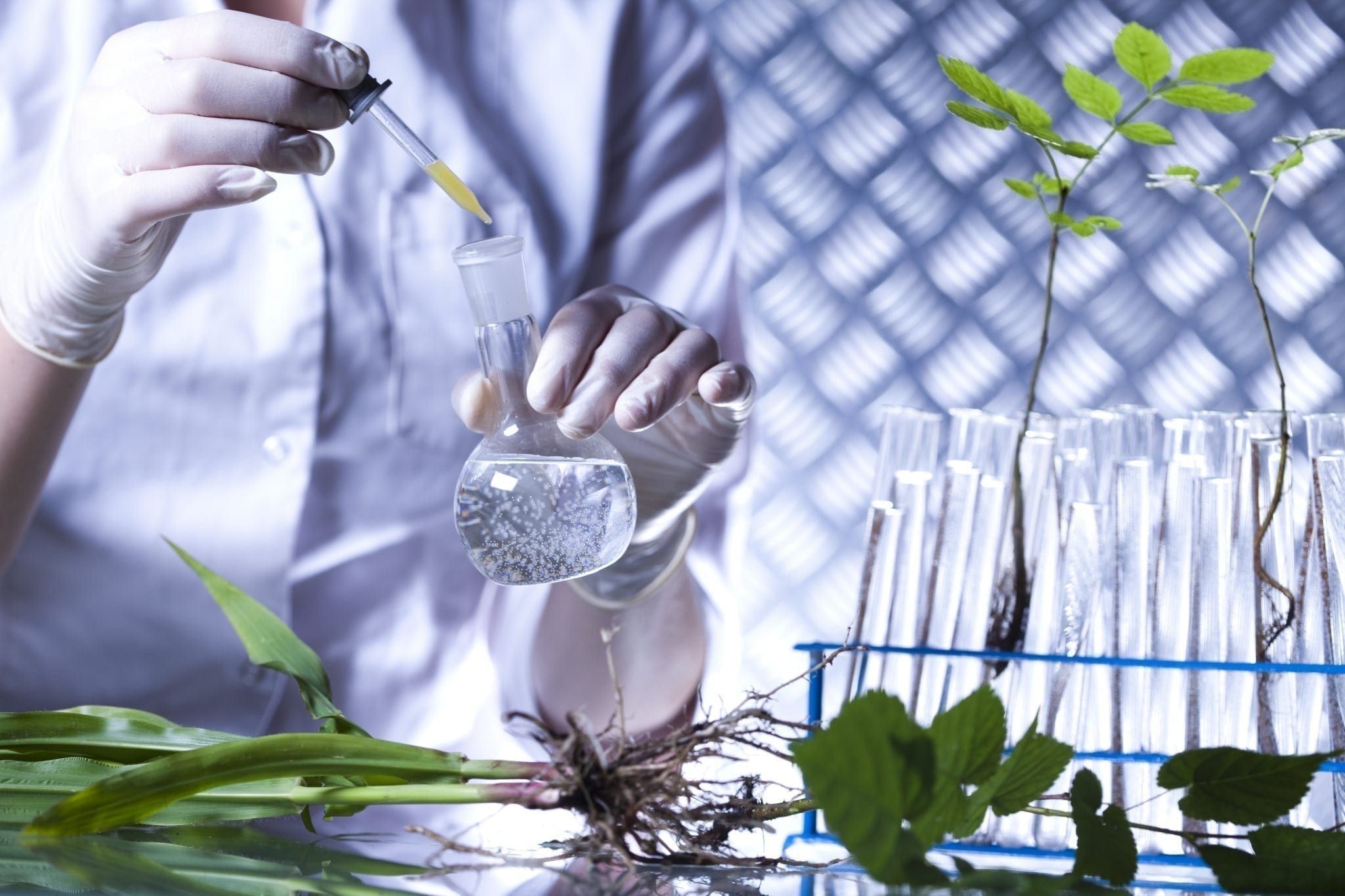Have you ever glanced at a food label and seen “natural flavor” in the ingredient list and wondered what that meant? You are not alone!
The Environment Working Group (EWG) Food Scores rate more than 80,000 foods on their degree of nutrition, ingredient and processing concerns. According to the EWG, “natural flavor” is now the fourth most common ingredient in many types of food after salt, water and sugar.
Natural flavors can be found in various food products including but not limited to ground coffee, baked goods, tomato paste, candy, gum, meat and poultry, breakfast cereals, various beverages like iced teas and orange juice, many alcoholic beverages, soups, salad dressings and snack foods like potato chips and granola bars, to name a few.
What is a natural flavor?
A “natural flavor” or “natural flavoring” is extensively defined by the Code of Federal Regulations, and you can read its definition here. To summarize, natural flavoring is a substance derived from a plant or an animal, either directly from the plant or animal substance itself or after being roasted, heated or fermented.
Whether an additive can legally call itself “natural” depends on the source. Take, for example, vanilla, which gets its flavor from a substance called “vanillin.” Vanillin that is extracted from the vanilla bean is considered “natural,” and rightfully so. But vanilla beans can be an expensive commodity, so food scientists have found ways to create vanillin from nonvanilla bean sources, which cannot be labelled as “natural.”
What is important to know is that both natural and artificial flavors are created in a lab by combining different chemicals. The difference between natural flavor and artificial flavor is the source of the chemicals. Natural flavor is derived from substances found in nature while an artificial flavor has no natural origin. Often, many natural and artificial chemicals are blended to create the desired flavor effects because it is hard to create the flavor needed with just one or two chemicals.
Why is natural flavoring added, anyway?
I’ve got one word for you: taste. Natural flavors exist to make your food taste better, not to make them healthier. They’re there to enhance a flavor already in the food or to compensate for flavors lost or distorted during processing. For example, natural flavors are added to orange juice after pasteurization to help it maintain that freshly squeezed taste. As part of pasteurization, some of the volatile substances that contribute to the smell of orange juice is removed so manufacturers put them back in (so you don’t miss them). Of course, why not just sell orange juice without pasteurization in the first place? As with all food, we need to be sure it’s safe to eat or drink, and pasteurization is one of the ways to ensure this.
Safety of natural flavorings
Many of you may have heard the acronym GRAS (Generally Recognized as Safe). Foods regarded as GRAS do not have to meet premarket review and approval by the Food and Drug Administration (FDA) before being sold to you and me. One of the most well-known examples is the “savory” flavor enhancer monosodium glutamate (MSG). Glutamate is a natural amino acid and monosodium glutamate is the sodium salt of glutamate, combined with water and sodium. MSG is used to enhance the natural flavors of meat, poultry, seafood, snacks, soups and stews.
If the additive is not GRAS, the Federal Food, Drug, and Cosmetic Act states that: “Any substance intentionally added to foods is a food additive, and food additives are subject to premarket review and approval by the Food and Drug Administration (FDA).” Natural flavoring is a food additive, so these rules apply. There is controversy if this really ensures that what is added to our foods is safe. The challenge with “natural flavor” in food products is that the label reads just that, “natural flavor.” It does not specify what in fact that natural flavor is or how it was created. Many times, the “natural flavor” is a mixture of things.
If this ambiguity worries you, you’re best off sticking to whole or minimally processed foods like fruits and vegetables, nuts and seeds, whole grains and legumes and choosing food products in moderation that contain “natural flavor” on its ingredient list.




